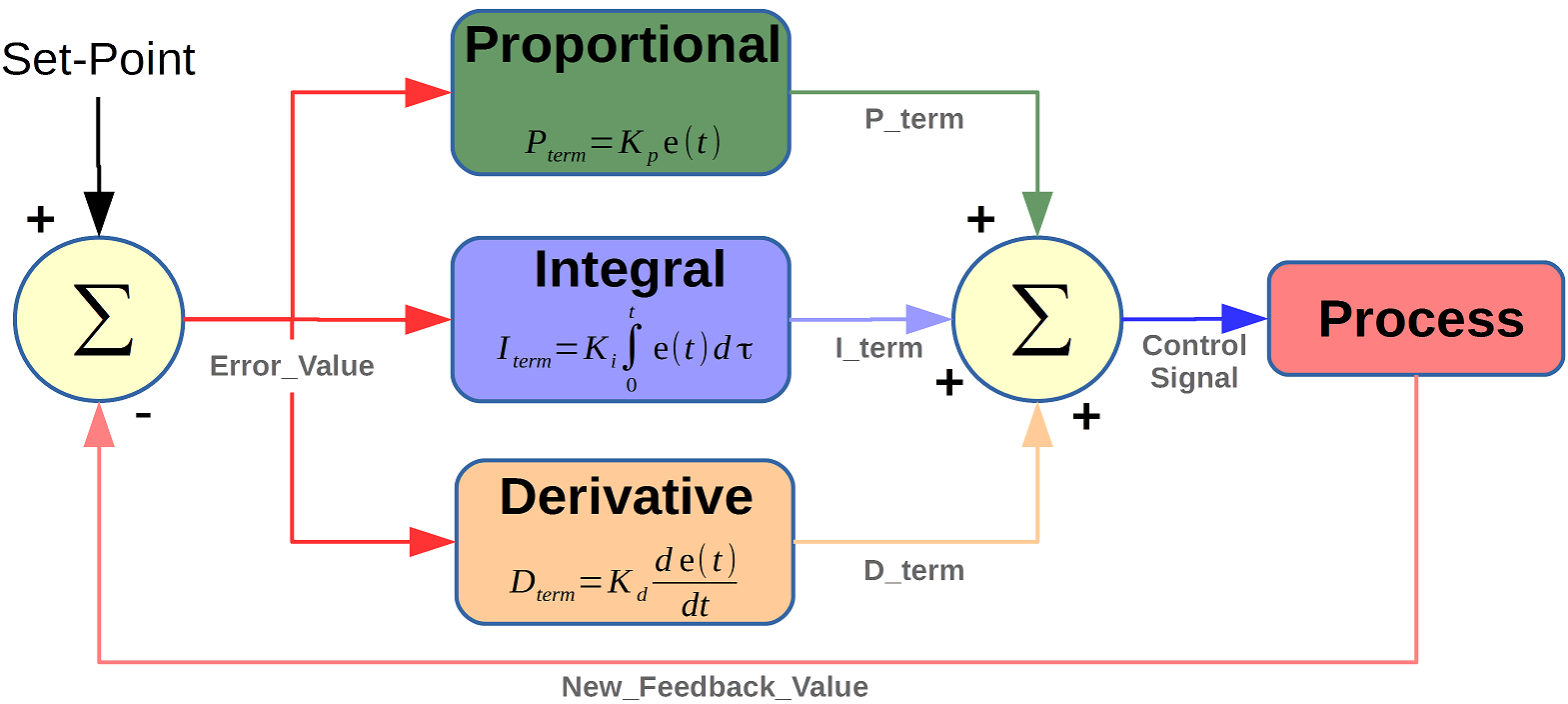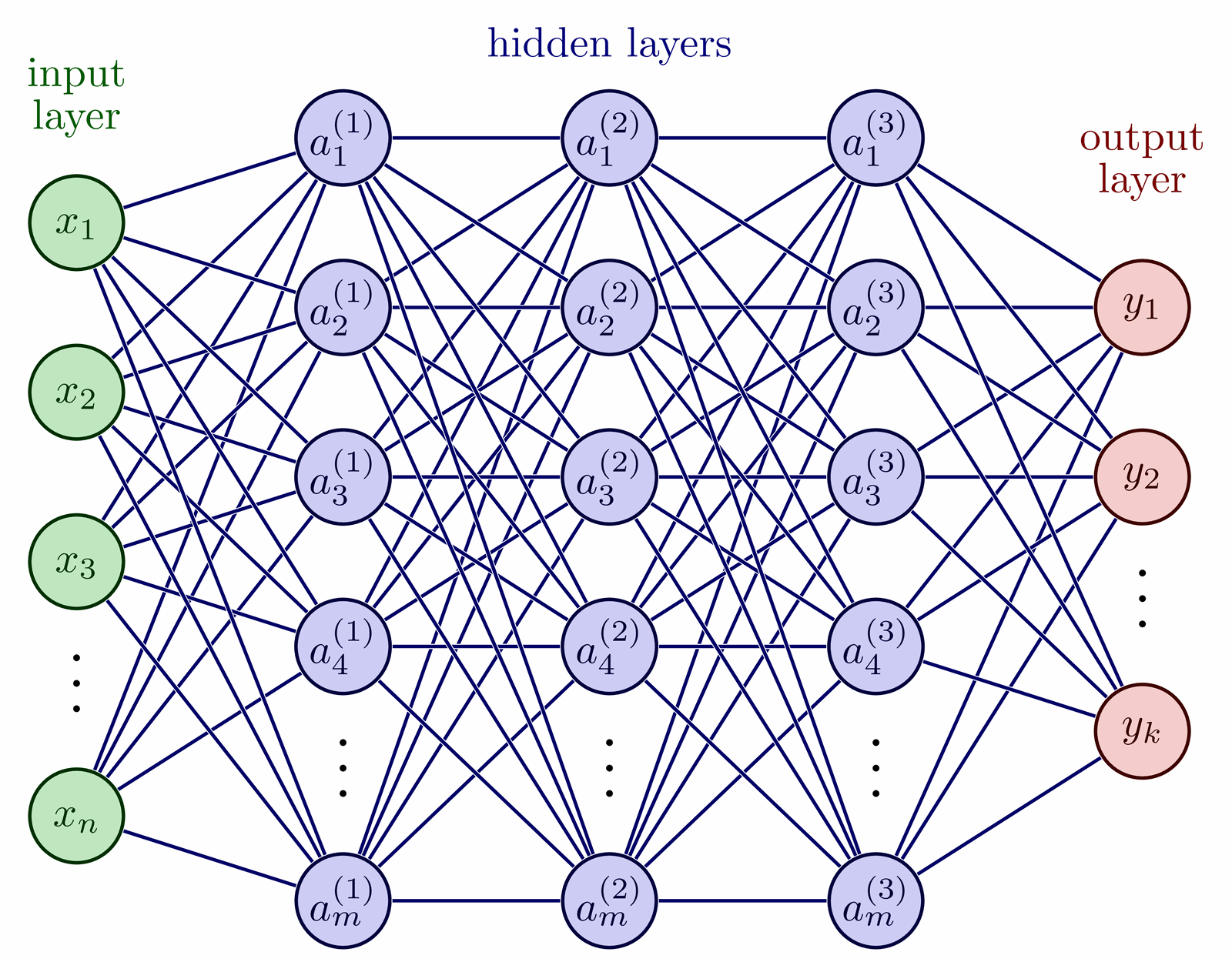Different Control Algorithm Of DSTATCOM Of PI Controller Presentation
| Introduction | ||
|---|---|---|
| DSTATCOM stands for Distribution Static Compensator and is used to improve the power quality in electrical distribution systems. PI controller is a widely used control algorithm in DSTATCOM due to its simplicity and effectiveness. This presentation will discuss different control algorithms that can be used with a PI controller in DSTATCOM. | ||
| 1 | ||
| PI Controller Overview | ||
|---|---|---|
| The PI controller is a combination of a proportional and integral controller. It provides a control signal based on the error between the reference and actual value, as well as the integral of the error over time. The PI controller is commonly used in DSTATCOM to regulate the reactive power and voltage in the system. | ||
| 2 | ||
| Traditional PI Control Algorithm | ||
|---|---|---|
| The traditional PI control algorithm uses a fixed set of gains for the proportional and integral terms. It adjusts the control signal based on the instantaneous error and the cumulative error over time. This algorithm is simple to implement but may not provide optimal performance in all operating conditions. | ||
| 3 | ||
| Fuzzy Logic Control Algorithm | ||
|---|---|---|
| Fuzzy logic control algorithm uses linguistic variables and fuzzy rules to adjust the PI controller gains. It considers system uncertainties and nonlinearities to provide adaptive control. Fuzzy logic control can improve the performance of DSTATCOM under varying operating conditions. | ||
| 4 | ||
| Neural Network Control Algorithm | ||
|---|---|---|
| Neural network control algorithm uses artificial neural networks to learn the optimal PI controller gains. It can adapt to changing system dynamics and provide better control performance. Neural network control requires training the network using historical data and may have higher computational requirements. | ||
| 5 | ||
| Model Predictive Control Algorithm | ||
|---|---|---|
| Model predictive control algorithm uses a mathematical model of the system to predict future behavior and optimize the control signal. It considers constraints and system dynamics to provide optimal control performance. Model predictive control can be computationally intensive and may require frequent model updates. | ||
| 6 | ||
| Adaptive Control Algorithm | ||
|---|---|---|
| Adaptive control algorithm continuously adjusts the PI controller gains based on the system's response. It can handle uncertainties and variations in system parameters. Adaptive control algorithms can provide robust control performance but may require a higher level of complexity. | ||
| 7 | ||
| Comparative Analysis | ||
|---|---|---|
| A comparative analysis of different control algorithms can be performed based on control performance, computational requirements, and implementation complexity. Factors such as system dynamics, operating conditions, and control objectives should be considered for selecting the appropriate algorithm. Each algorithm has its advantages and limitations, and the choice depends on the specific requirements of the DSTATCOM application. | ||
| 8 | ||
| Conclusion | ||
|---|---|---|
| Different control algorithms can be used with a PI controller in DSTATCOM to improve control performance. Fuzzy logic, neural network, model predictive, and adaptive control algorithms are some of the options. The selection of the control algorithm should be based on a comprehensive analysis of system requirements and constraints. | ||
| 9 | ||
| References (download PPTX file for details) | ||
|---|---|---|
| Provide a list of references used in the pres... Include academic papers, books, and relevant ... Your third bullet... |  | |
| 10 | ||








